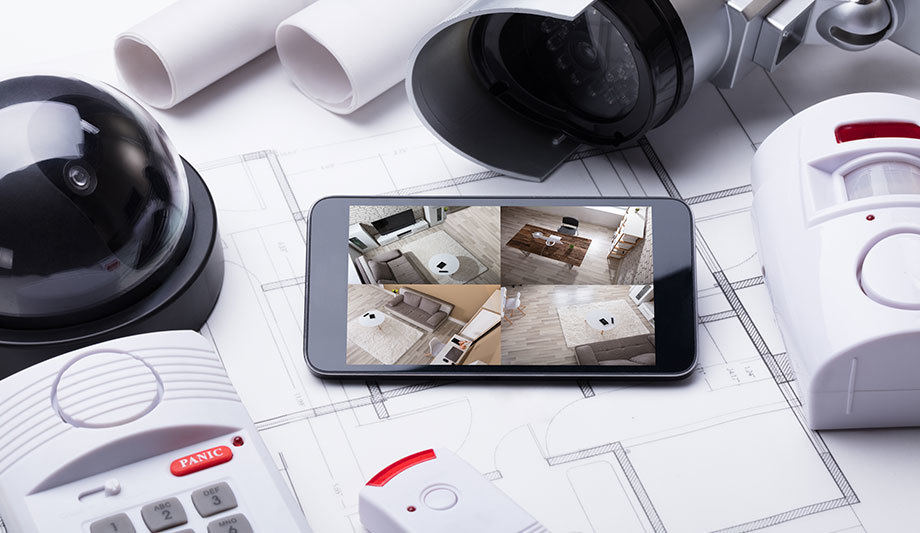It can be taken as proven that the trends in urbanisation, the mobility of the population and the demographics, have had and will continue to have tremendous impact on our daily lives. These impacts were and are supported by disruptive technology changes (such as the evolution of the internet and mobile communication) and result in higher dependencies of almost all economic and social processes.
Compared with former generations, we are spending most of our time in buildings or closed mobile containments/compartments (cars, public transport...), which support us with comfort, efficiency, safety and security. We've learned to extend our social lives through new virtual networks and we've adapted our working style to an almost 24/7 online state. This, and the absence of obvious potential danger, have led to a dismantling of old WWII sirens and to a reduction of capabilities. The European Union and many of its member states have started tests and trials to study new methods that could be used to reach a large number of people
Close and intense co-operation
All this makes us vulnerable to unplanned manmade incidents disrupting our day to day life as well as business, routines, and so on. Meanwhile, the well-evaluated research on global warming projects higher risks by an increased number of severe weather incidents for the future. Such past incidents have not spared any geographical or any organisational boundaries, and therefore call for a close and intense co-operation to limit their impact.
As a reaction to the past experiences in managing incidents, experts and officers have highlighted the need for better preparedness. This resulted in an intense discussion of potential measures, such as modern public warning systems. With this in mind the European Union and many of its member states have started tests and trials to study new methods that could be used to reach a large number of people in the shortest possible time.
SMS and other wireless services, such as cell broadcast messages to mobile phones, are obvious choices. They have already been tested in several countries. But what at first glance seems a surefire, easy-to-implement method proves problematic in view of the fact that only 30 percent of the citizens contacted read the message in real-time.
Alert4All notification system
 |
| SMS emergency broadcast messages are one method of warning and updating the public of crises in real-time |
The public warning system was also addressed by several FP7 projects, which have concluded research in this area. One such project was Alert4All, which successfully demonstrated in 2013 a public alerting concept in a clearly defined and emergent danger zone by introducing an enhanced public warning messaging protocol. Messages, based on this protocol, were transmitted via satellite and terrestrial systems to smart phones, tablets, navigation systems and television receivers.These systems have an undisputed track record for saving countless lives by alerting and guiding people to safety in crisis situations
Using the Alert4All concept, first responders can stay in contact with the population from the outset of and throughout the crisis. Using the “buzz” from social media networks provides the required input to adjust the communication content. The Alert4All protocol also allows for the translation of alarm messages into the language the receiver normally uses to display information or messages. This means that a Spanish user could read the message in Spanish even while in England.
On the other hand, electronic fire safety and security systems have been installed in buildings for more than 50 years. Their purpose is to detect an emerging danger in a building or building complex and notify people in time. These systems have an undisputed track record for saving countless lives by alerting and guiding people to safety in crisis situations. Millions of such systems are installed today in commercial and private buildings.
Many of them are permanently connected to public and/or private alarm receiving stations. All of them are equipped with devices such as sirens, horns, strobe lights or loudspeakers. They could also be used to alert people of a public danger that might impact buildings or their occupants.
PEARS emergency response
Represented by a Euralarm team, together with the FP7 Alert4All project team, those systems showed their capability to take on a responsible role in public warning during the final demonstration in 2013 as well. Their installed base, their fault tolerance and their positive track record in securing assets and in preventing casualties could make them a perfect asset in the incident preparedness of modern societies, beside other technologies.
Above all, civil protection organisations could lever “private” field resources in emergency management and extend the overall resources for big and disastrous incidents. Achieving this requires efforts at all levels and from all stakeholders, e.g. within CEN and within ETSI.
Euralarm published a White Paper on such a public emergency alarm and response system (PEARS).























